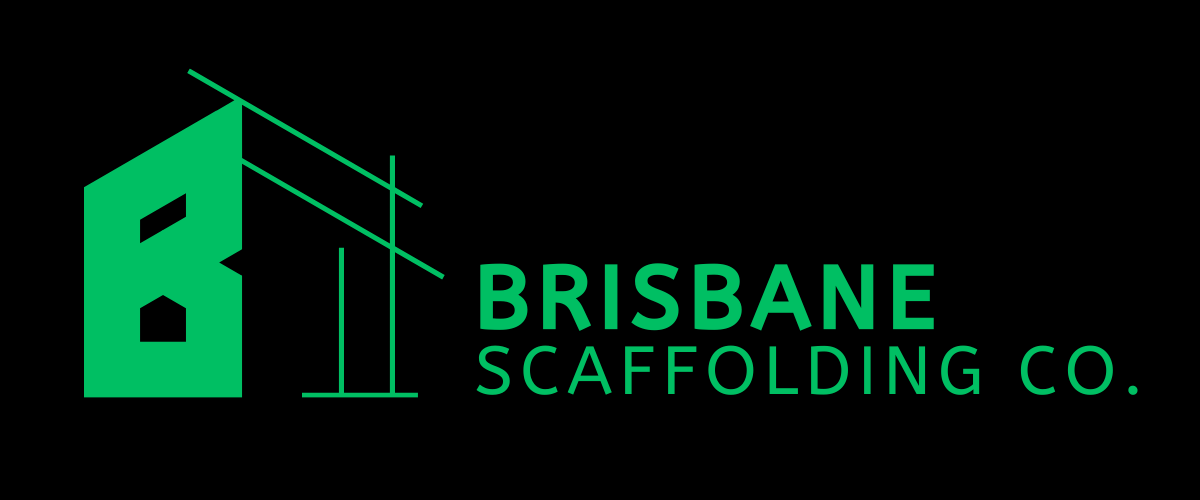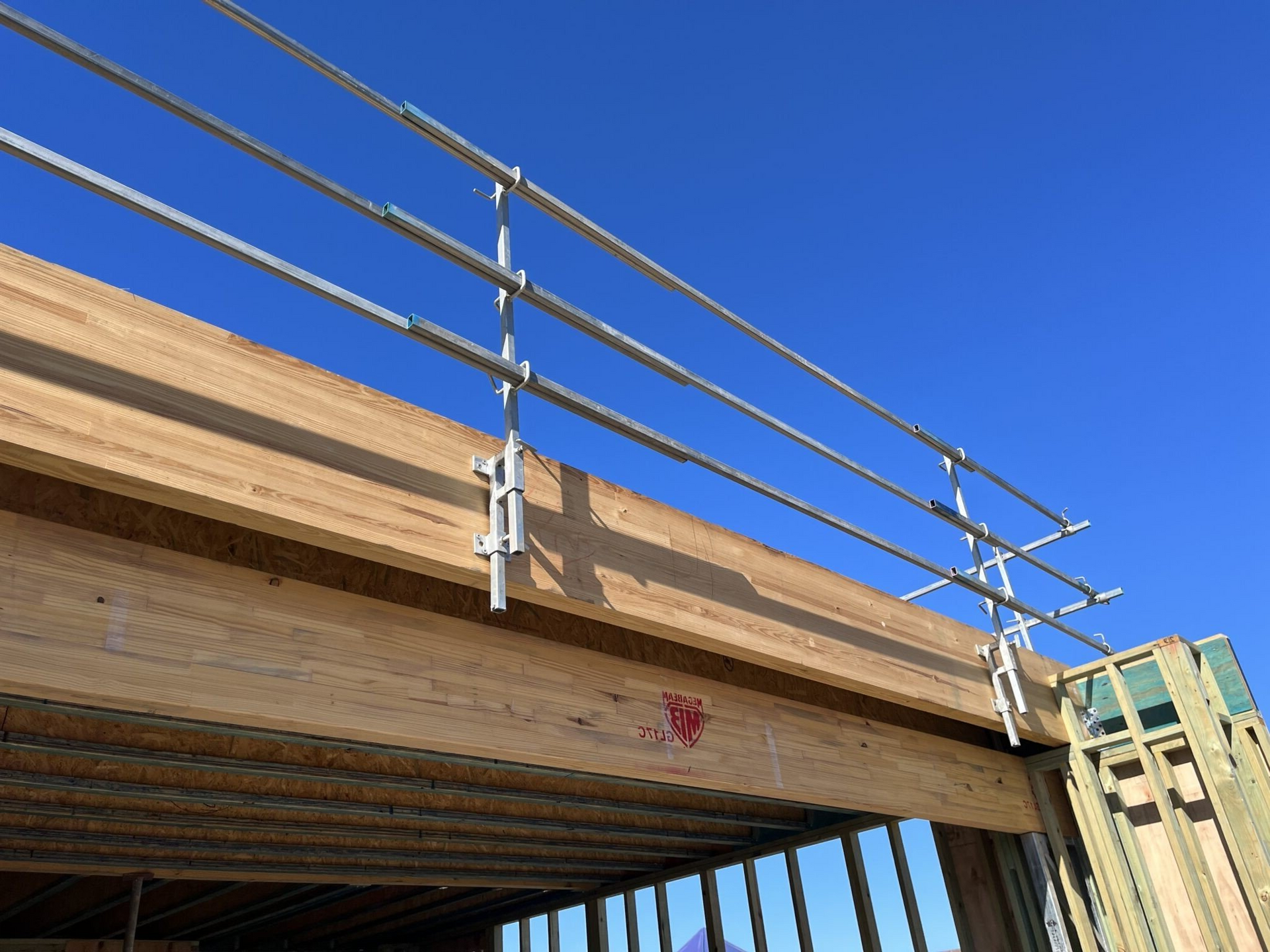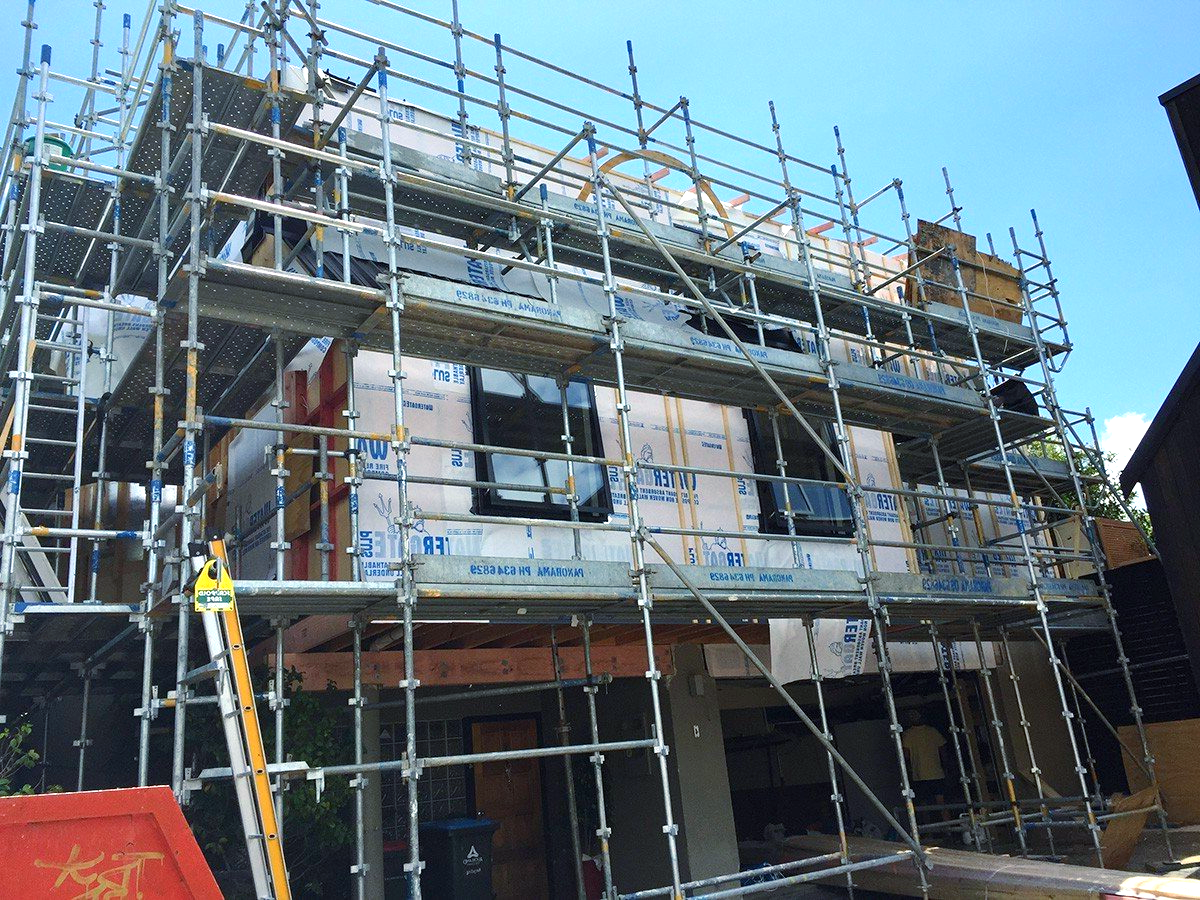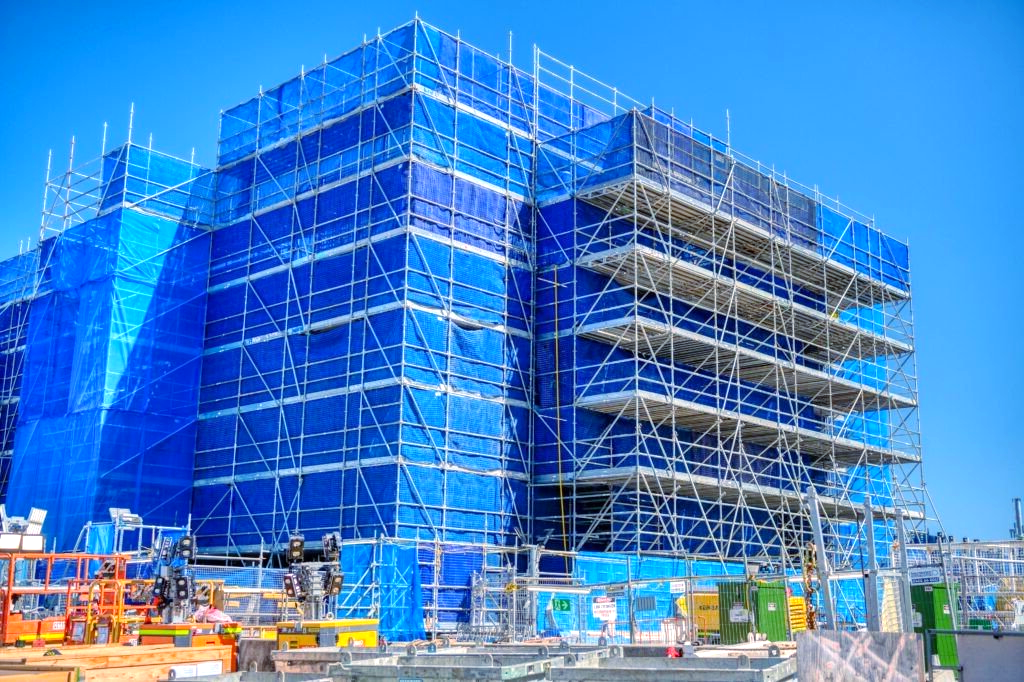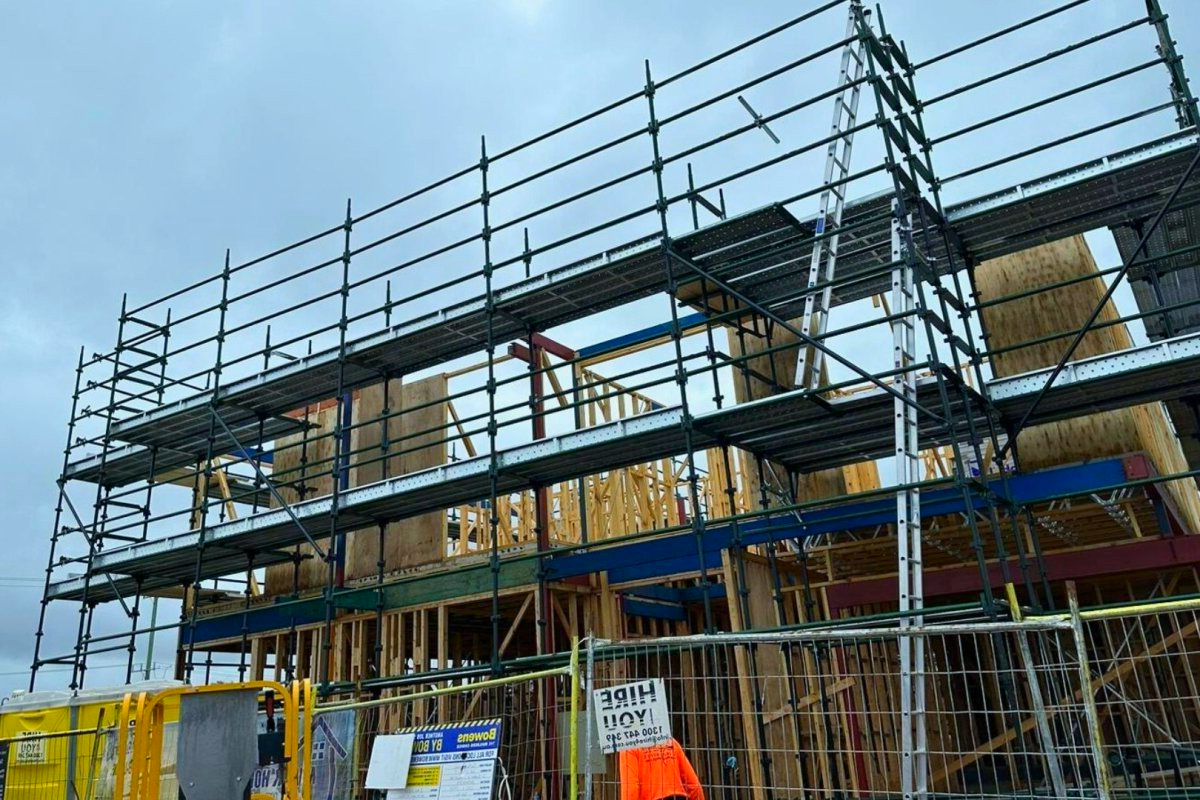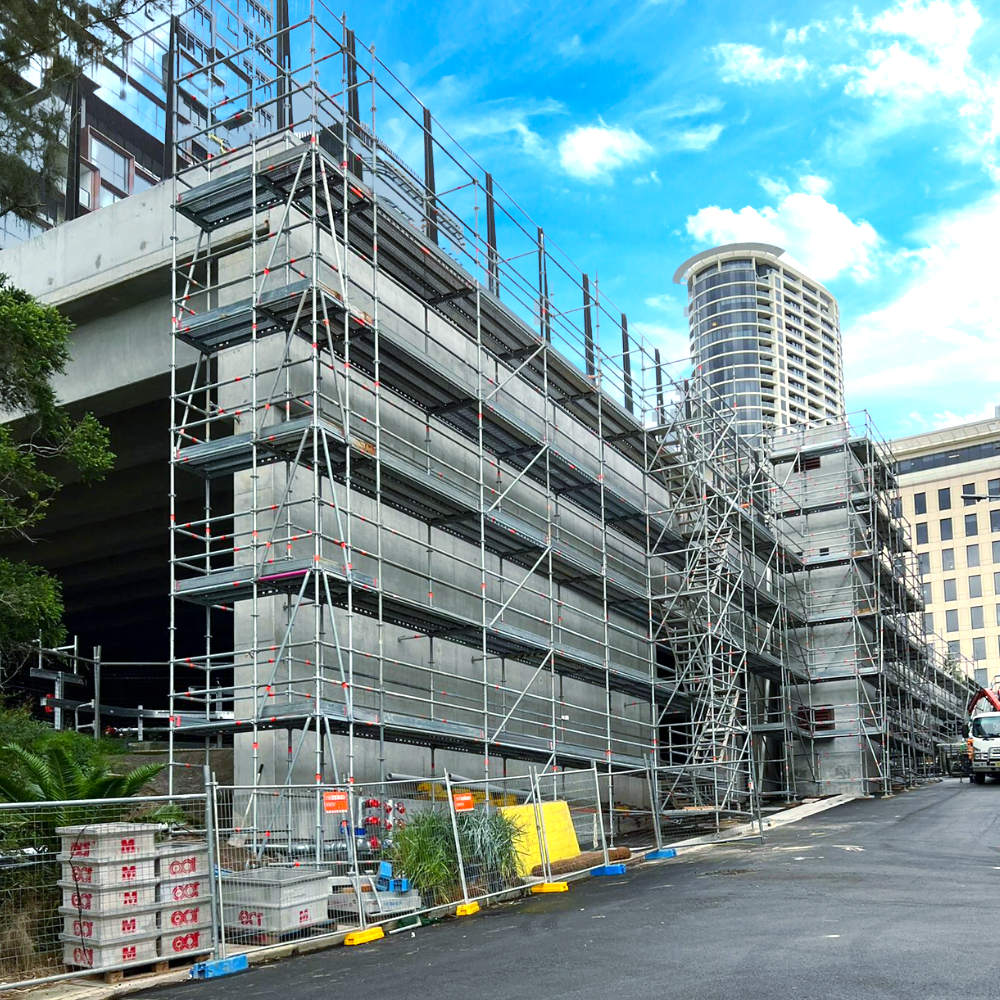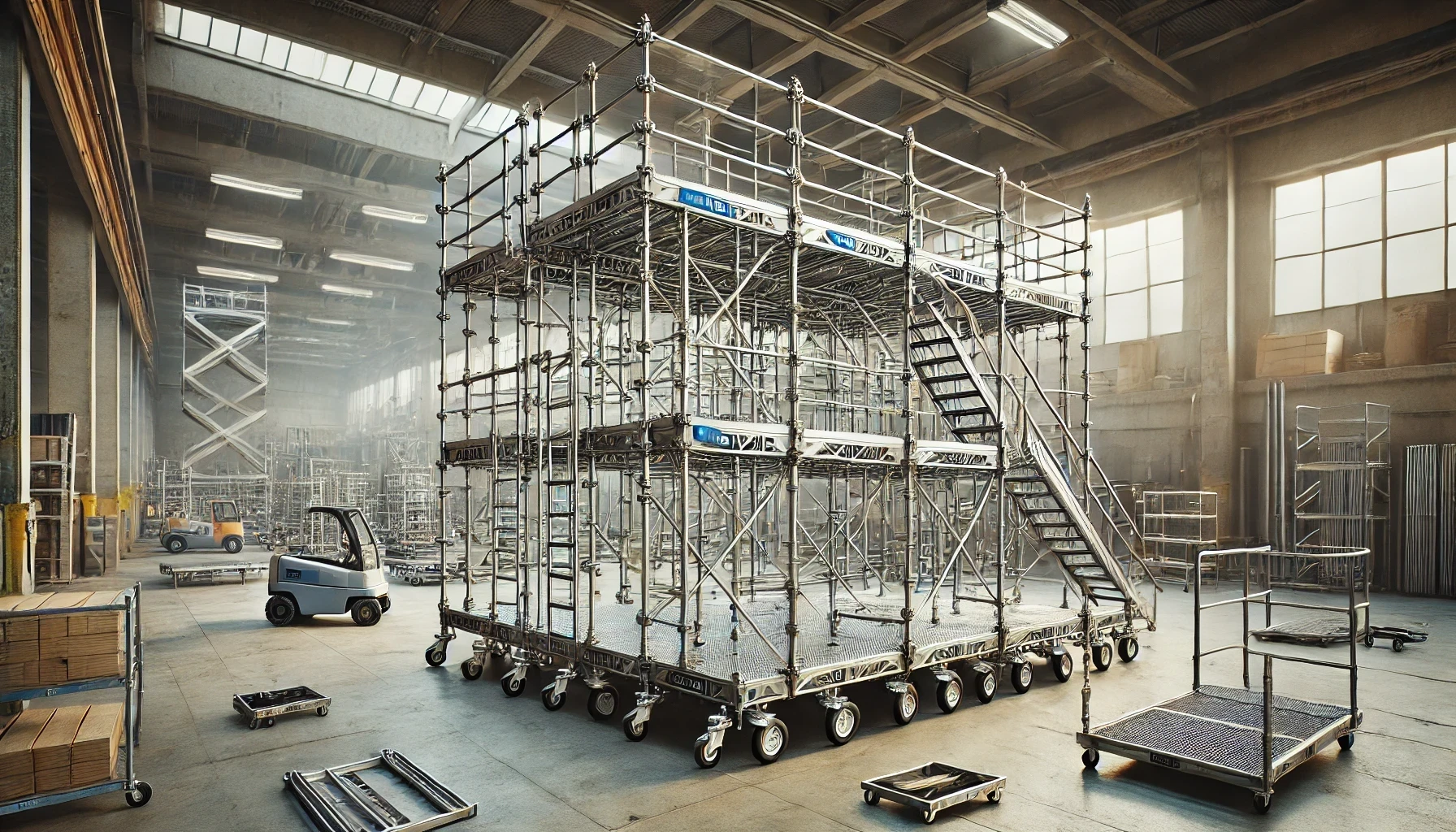Brisbane Scaffolding Regulations: Essential Guidelines for Queensland Worksites
Scaffolding regulations in Brisbane and Queensland play a crucial role in ensuring workplace safety on construction sites. As a leading provider of scaffolding solutions, Brisbane Scaffolding Co. understands the importance of adhering to these guidelines. Scaffolding companies are required to comply with all relevant standards and regulations to safeguard workers and maintain a secure work environment.
It is important to stay up-to-date with the latest requirements set forth by Workplace Health and Safety Queensland and the Queensland Building and Construction Commission. These regulations cover aspects such as scaffold design, erection procedures, inspection protocols, and fall protection measures.
At Brisbane Scaffolding Co., our expert staff can guide clients through the regulatory landscape, ensuring their projects remain compliant while maximising efficiency and productivity.
Key Takeaways
- Scaffolding regulations aim to ensure workplace safety on construction sites
- Scaffolding providers must prioritise compliance with all relevant standards and regulations
- Clients of scaffolding companies are also expected to understand the regulatory landscape for compliant scaffolding use
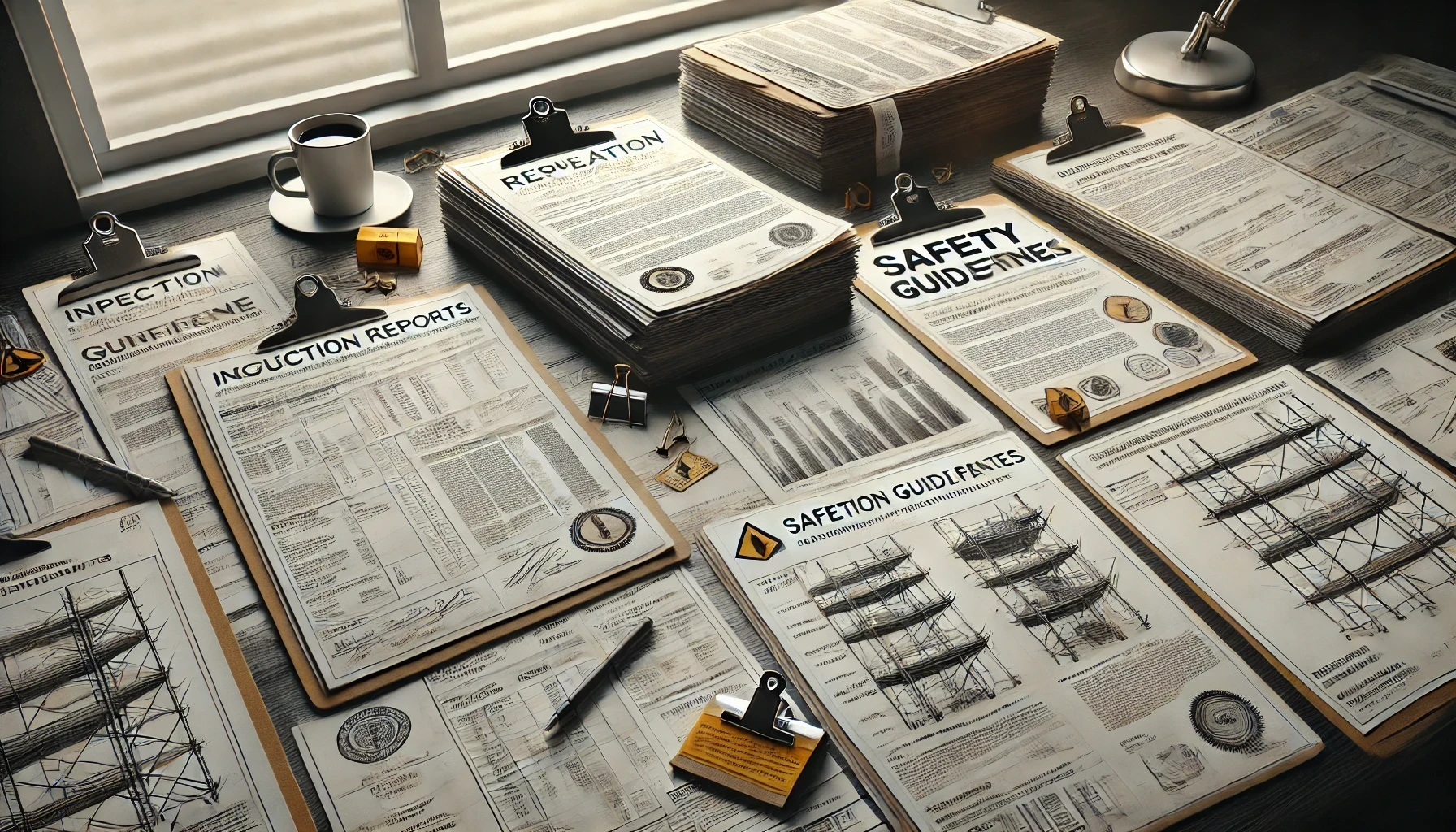
Regulatory Overview for Scaffolding in Brisbane
Brisbane's scaffolding regulations are governed by Queensland state laws and national Australian standards. These rules aim to ensure worker safety and proper construction practices.
Queensland Workplace Health and Safety Acts
The Work Health and Safety Act 2011 and the Work Health and Safety Regulation 2011 set the foundation for scaffolding regulations in Brisbane. These laws require employers to provide a safe working environment, including proper scaffolding setup and maintenance.
Key requirements include:
- Risk assessments before scaffolding installation
- Regular inspections of scaffolding structures
- Proper training for workers using scaffolds
- Use of fall protection equipment
Penalties for non-compliance can be severe, with fines up to $3 million for corporations and $600,000 for individuals.
Australian Standards for Scaffolding
AS/NZS 1576 is the primary Australian Standard governing scaffolding. It specifies requirements for:
- Scaffold components and materials
- Design and construction methods
- Load-bearing capacities
- Scaffold stability and bracing
AS/NZS 4576 provides guidelines for the safe use of scaffolding. It covers:
- Scaffold erection and dismantling procedures
- Safe working practices on scaffolds
- Inspection and maintenance requirements
Scaffolding companies must ensure that all scaffolding equipment and practices comply with these standards. Teams must also undergo regular training to stay updated on the latest safety requirements and best practices in the industry.
Recommended Compliance Procedures
Safety Training and Education
We recommend scaffolding companies invest heavily in safety training, through rigorous induction programmes and regular refresher courses. These should cover the latest Work Health and Safety regulations specific to Queensland.
Trainings should include:
- Safe erection and dismantling techniques
- Load calculations and weight distribution
- Fall protection systems
- Proper use of personal protective equipment (PPE)
Detailed records should be maintained of all training sessions and certifications. This ensures teams are always up-to-date with the latest safety practices and legal requirements.
Equipment Inspection and Maintenance
Regular equipment inspections should form a crucial part of compliance procedures. Strict schedules should be adhered to for checking all scaffolding components.
The inspection process should include:
- Daily pre-use checks by scaffolders
- Weekly inspections by site supervisors
- Monthly audits by a safety team
Digital checklists should be used to record all inspections, ensuring thorough documentation. Any equipment that doesn't meet the required standards should be immediately removed from service.
The maintenance programme should also involve routine cleaning, repairs, and replacement of worn parts. Only certified replacement components should be used to maintain the integrity of the scaffolding systems.
Hiring Scaffolding with Brisbane Scaffolding Co.
At Brisbane Scaffolding Co., we offer comprehensive scaffolding hire services tailored to your project needs. Our expert team ensures safe, compliant setups whilst providing guidance throughout the process.
Selection and Setup Guide
We assist clients in choosing the right scaffolding for their specific requirements. Our inventory includes a wide range of scaffolding types suitable for various applications. We consider factors such as project height, load capacity, and site conditions when recommending solutions.
Our knowledgeable staff can help determine the appropriate scaffolding configuration. We'll discuss options like frame scaffolding for straightforward jobs or modular systems for complex structures. Safety is our top priority, so we ensure all equipment meets current Australian Standards.
We provide clear instructions on proper assembly and dismantling procedures. Our team can also arrange professional installation if needed, guaranteeing that all safety protocols are followed precisely.
Support and Consultation Services
We offer ongoing support throughout your scaffolding hire period. Our experts are available to answer questions and provide advice on safe usage practices. We can conduct site visits to assess any changes in requirements or address concerns.
For larger projects, we provide comprehensive consultation services. This includes creating detailed scaffolding plans and risk assessments. We work closely with project managers to ensure scaffolding integrates seamlessly with construction timelines.
We keep our clients informed about relevant regulatory updates. Our team can advise on compliance matters and help implement any necessary changes to meet evolving safety standards.


